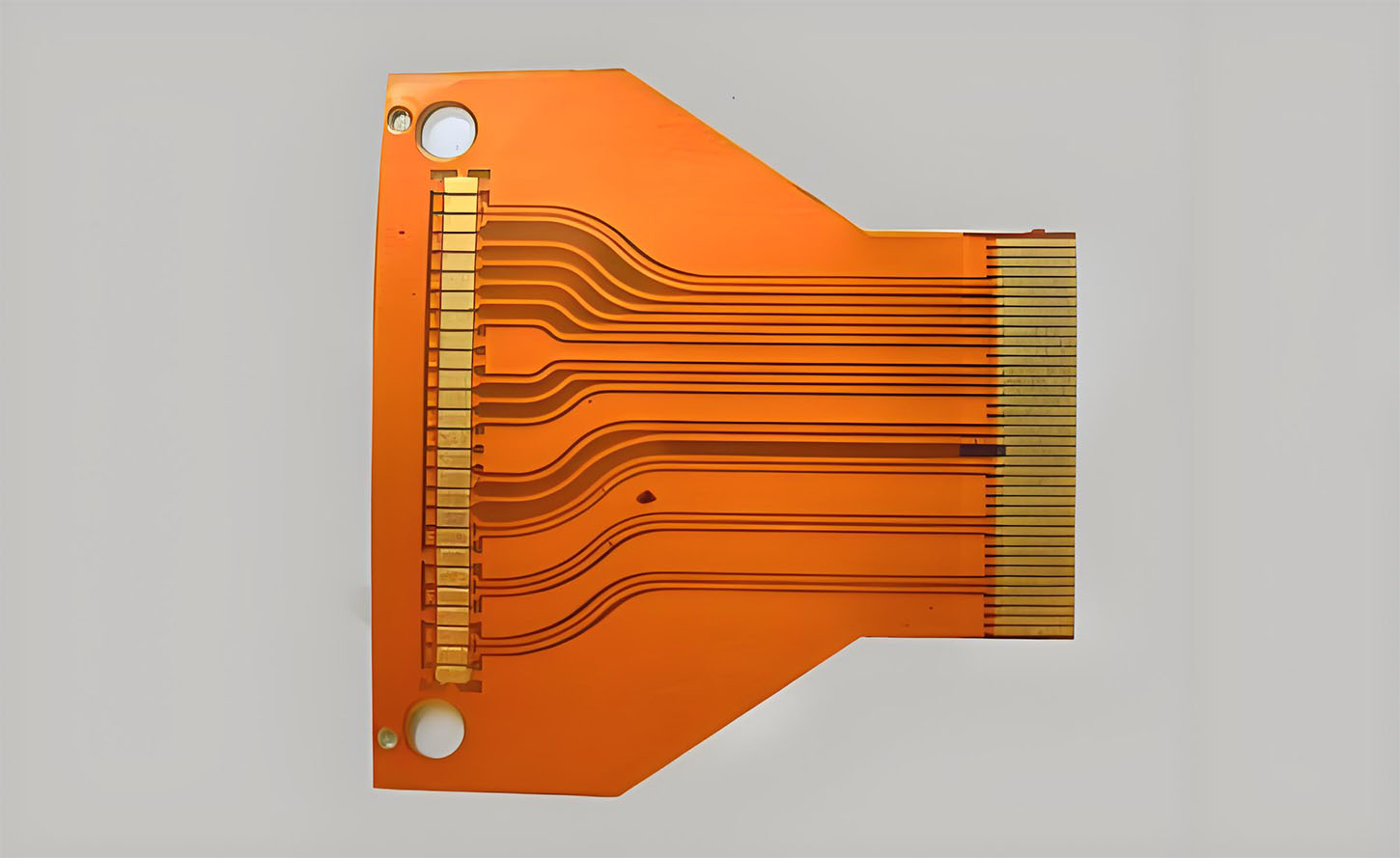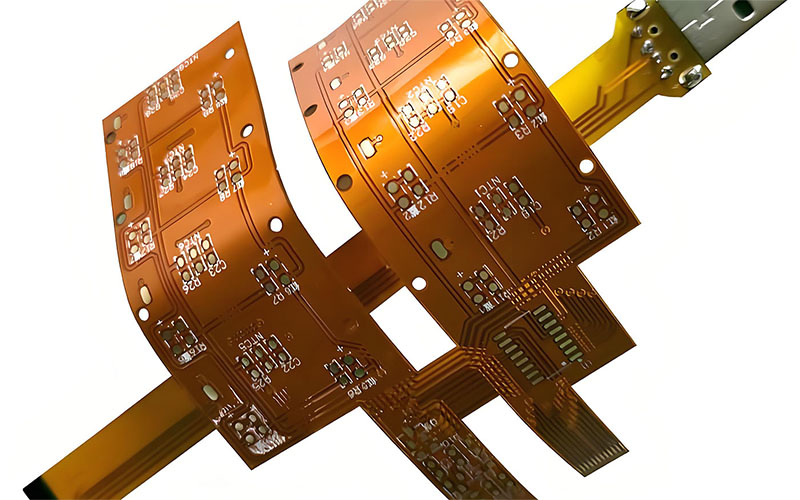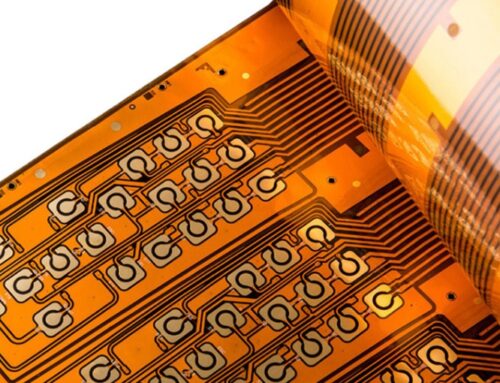Comparison of Flexible and Rigid-Flex PCBs

Introduction
In the realm of electronic design, flexible and rigid-flex PCBs (Printed Circuit Boards) offer distinct advantages. This comprehensive overview compares their performance, cost, material and construction, historical evolution, modern applications, and recent technological advances.
Performance:
1. Flexibility for Moving Parts: Flexible PCBs excel in applications where components need to move, offering high cycle flex life for dynamic connections.
2. Versatile Assembly: Components can be assembled on a flat surface and then bent to fit the product’s shape, allowing for versatile designs.
3. Flexible PCBs can be easily flattened for repairs, making maintenance straightforward.
4. Efficiency Boost: They significantly enhance assembly efficiency, reducing the time and effort required for complex constructions.

Cost:
1. Reduced Assembly Costs: Flexible PCBs can cut assembly costs by 20% to 50% by simplifying the wiring process compared to traditional cables.
2. Error Reduction: They lower the chances of errors in fixed connection points and orientation, simplifying inspection and rework processes.
3. Simplified Processes: Flexible PCBs eliminate the need for complex procedures like wire cutting, stripping, and handling, making the process more efficient.
While rigid PCBs offer more dimensional stability, flexible PCBs require additional processes, tools, and tolerances. Flexible PCBs, made from polyimide resin, cost more per unit area compared to rigid PCBs. However, incorporating flexible PCBs can reduce the overall amount of rigid PCBs and cabling needed, making integration easier and improving product reliability by reducing the number of parts and connections.
Historical Evolution
Initially, designers primarily used flexible PCBs as cables for point-to-point connections, often opting for single- or double-sided designs. These early flexible PCBs consisted of copper foil laminated onto PET or PI substrates. Over time, flexible PCBs have evolved to handle continuous dynamic flexing in various applications.
Flexible PCBs first gained prominence in U.S. military applications, with Japan being a major early adopter. By the late 1970s, flexible PCBs were used in computers, cameras, printers, car audio systems, and more. The U.S. later expanded its use to consumer electronics, including hard drives, optical drives, laptops, cell phones, and digital cameras, where their dynamic flexing capabilities are crucial.
Today, flexible PCBs are commonly referred to as FPCs (Flexible Printed Circuits), highlighting their physical properties. Their ability to support diverse electronic designs with easy electrical connections and convenient 3D assembly makes them irreplaceable. High-end applications include automated assembly for TAB (Tape Automated Bonding) and direct chip installation, leveraging the lightweight, thin, and flexible nature of flexible PCB materials.

The advent of SMD (Surface Mount Device) technology in the 1980s greatly increased electronic assembly density and miniaturization. The key advantages of flexible PCBs are their thin, flexible, and durable dielectric properties. With some applications using materials as thin as 12.5 micrometers. Some manufacturers are producing flexible PCB substrates that are around 7 micrometers thick, although they are still evaluating their practical value.
To make handling easier and improve dimensional stability during assembly, manufacturers sometimes reinforce flexible PCBs with backing or stiffener plates. In high-power applications, they may incorporate additional cooling techniques similar to rigid PCBs.
Due to their ability to absorb thermal expansion and contraction stresses, flexible PCBs rarely fail in fatigue tests even in direct “leadless” component connections. With the trend towards high-density assembly, flexible PCBs are not only enhancing direct chip installation feasibility but also becoming vital in 3D assembly solutions.








Leave A Comment